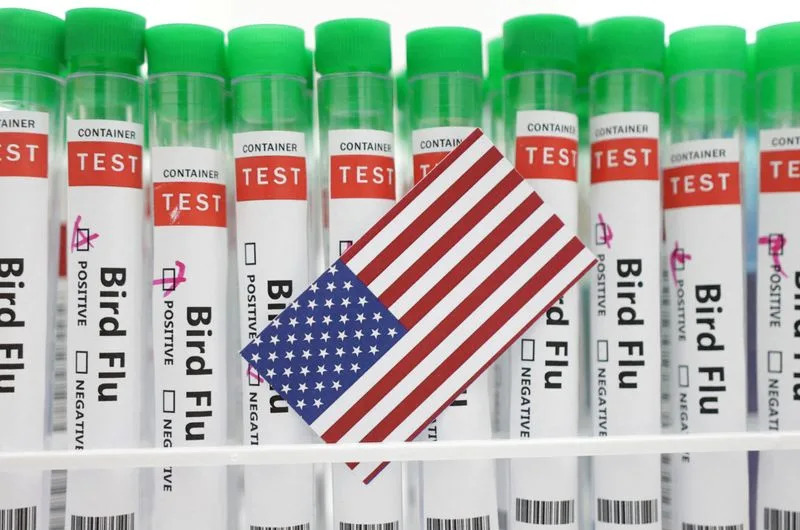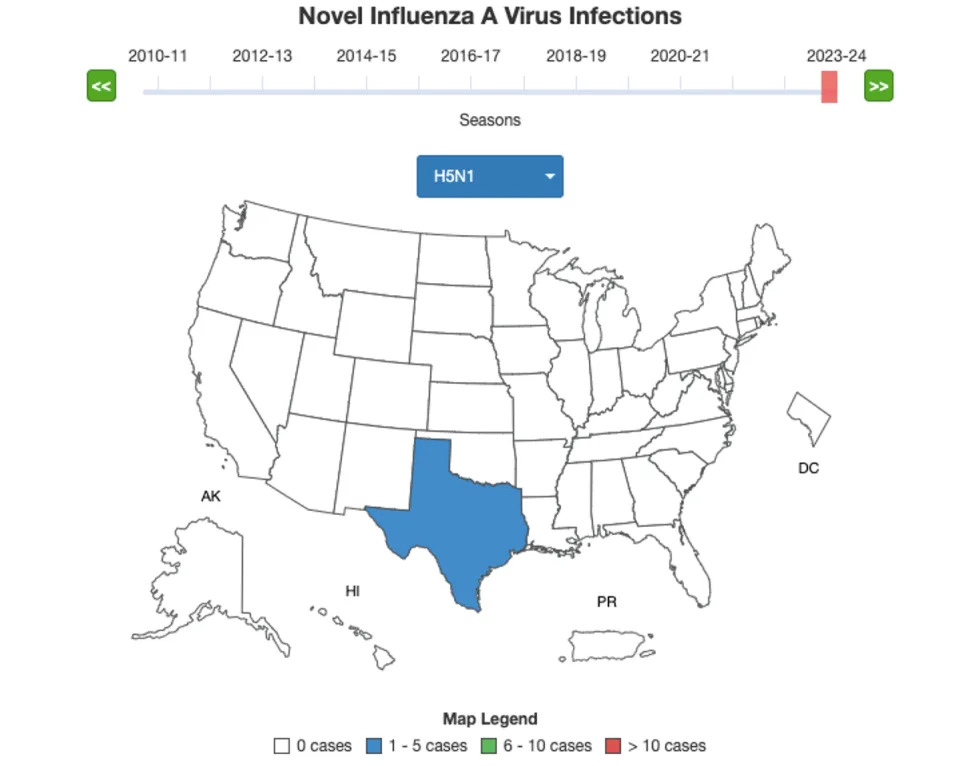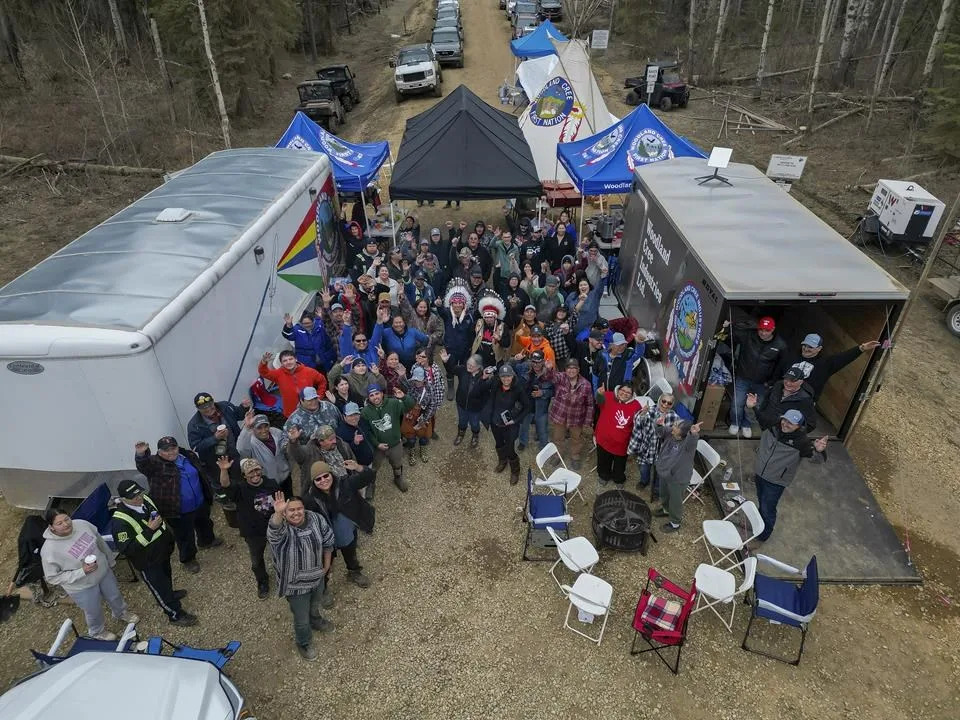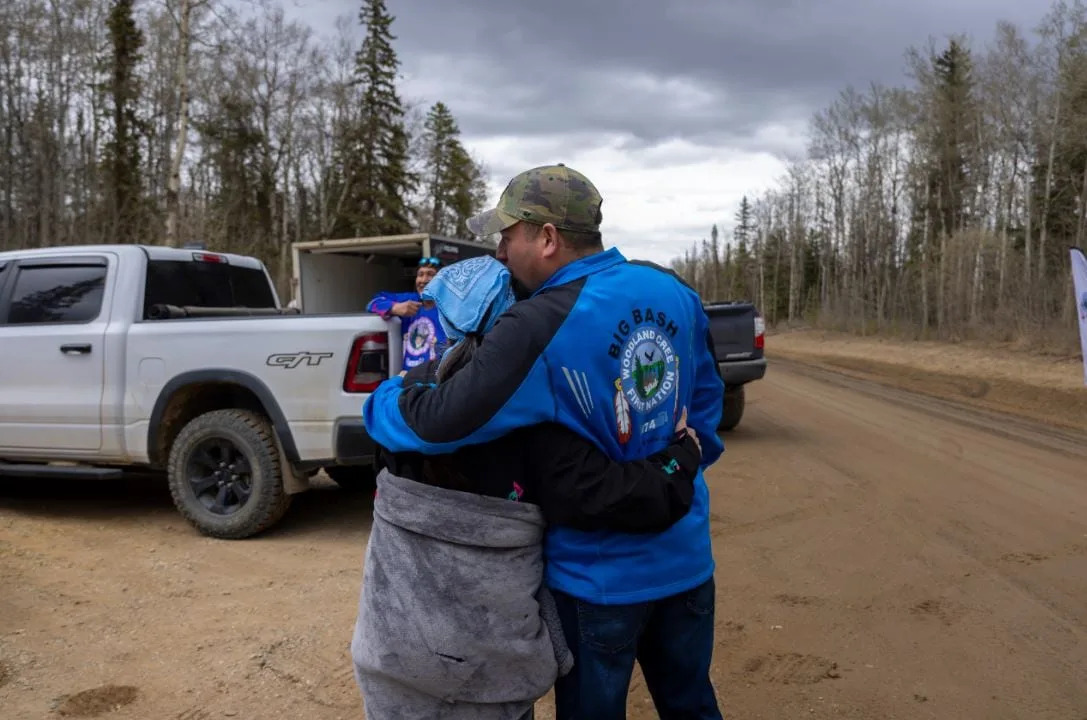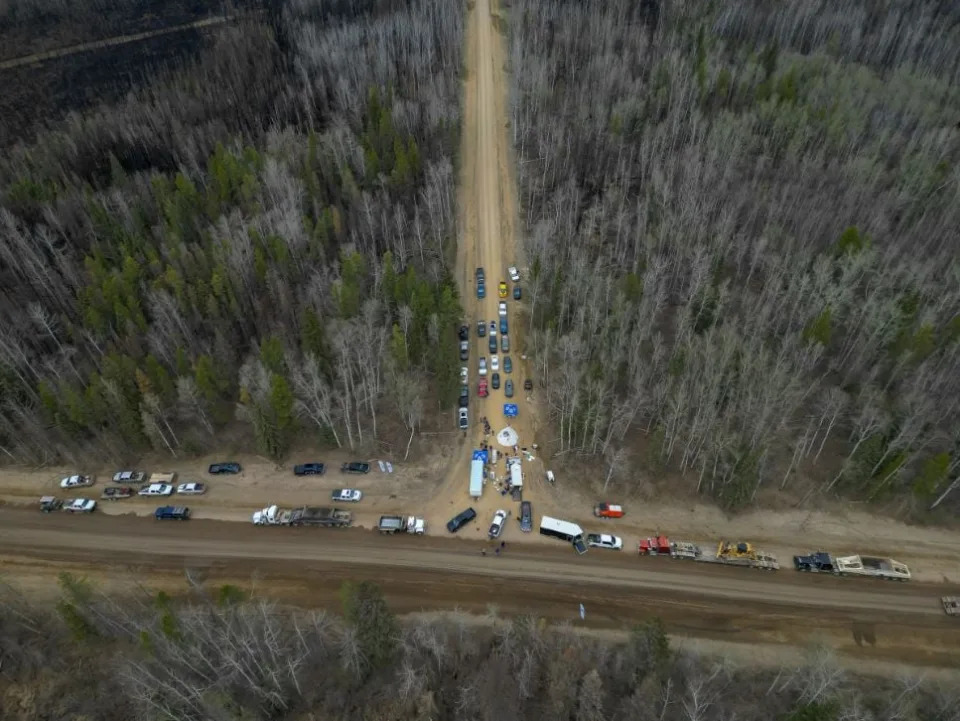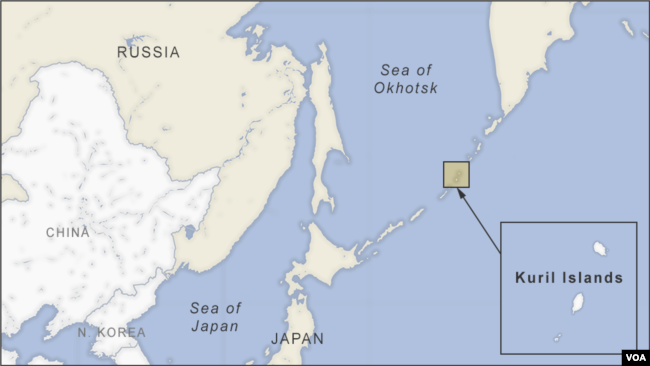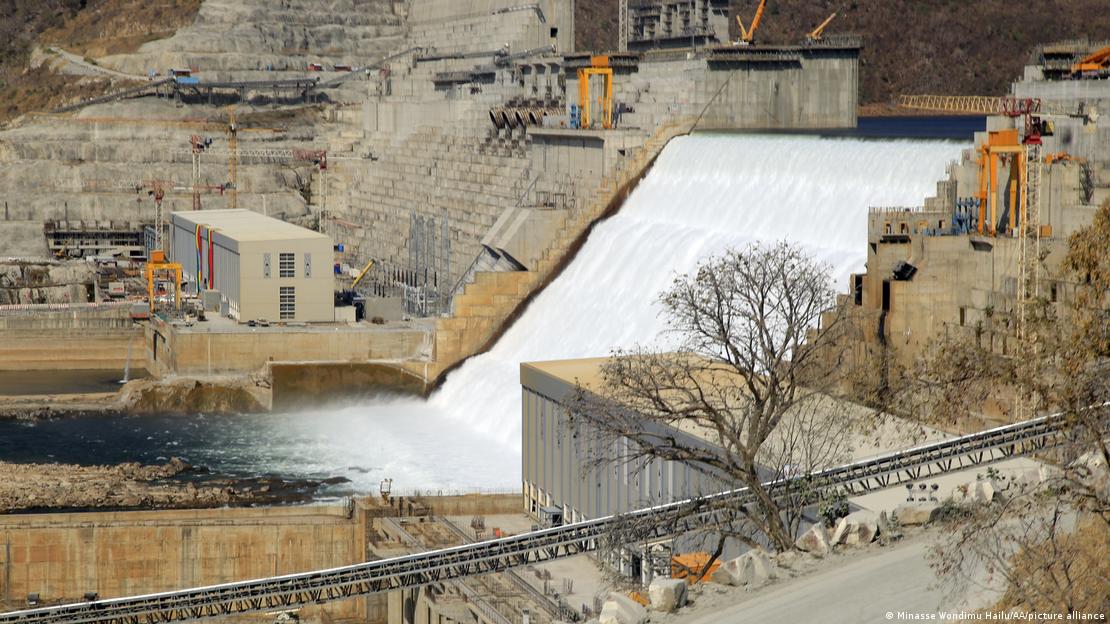State officials not planning to test wastewater in New Mexico for avian flu
Danielle Prokop
Thu, May 16, 2024
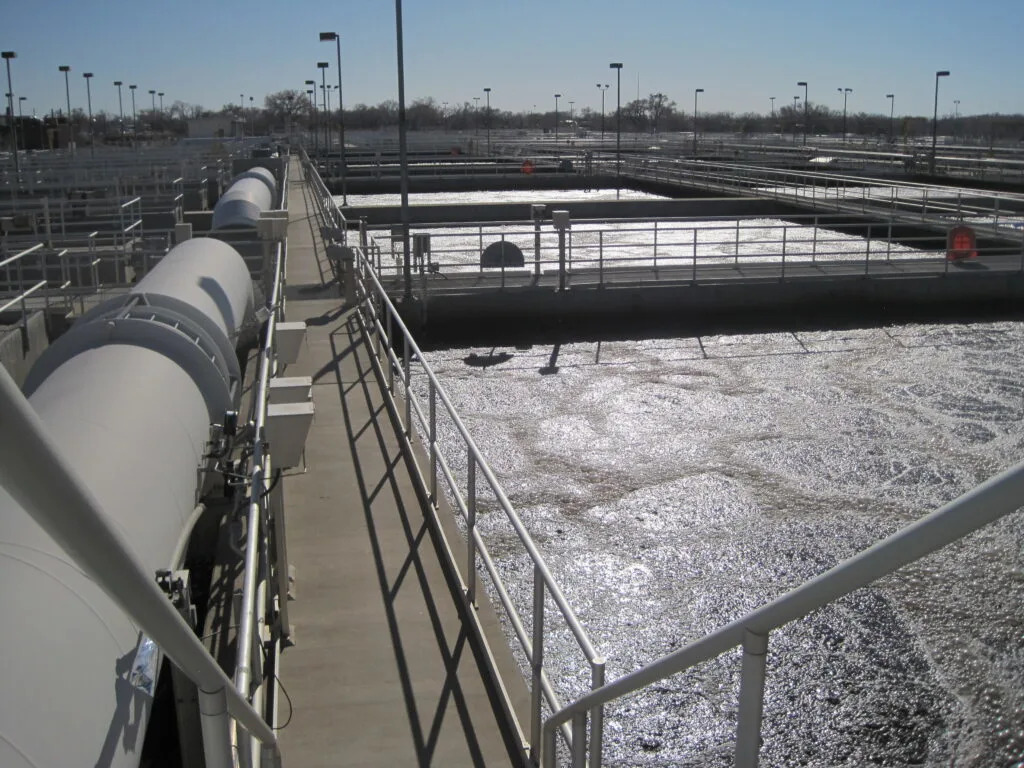
An aeration basin at the Southside Water Reclamation Plant in Albuquerque. A CDC contractor tested for the presence of COVID-19 at this and four other sewer systems in New Mexico. New Mexico health officials say there are no plans at this time to test for avian flu in wastewater.
Experts around the country have called on federal officials to use wastewater testing for the avian influenza strain H5N1, which has broken out in more than 33 dairies across eight states, including New Mexico.
While there are only two documented cases of viral crossover to humans documented in the U.S. since 2022, scientists said that wastewater testing is a crucial tool in watching for emerging threats to public health, including avian flu.
Marc Johnson, a virologist at the University of Missouri, developed a probe to track avian flu in wastewater over a year ago, as he was concerned about avian flu spread in U.S. birds in 2022.
“What wastewater does is gives you an unbiased readout of a community. It will tell you what is circulating, whether it’s showing up in the clinic or not,” he said.
Testing for virus material in wastewater is often cheaper than commercial tests, because states are already collecting the samples, and it just means adding an additional test. He said the federal government or other health agencies could implement a probe and test for H5N1 in sewage. The fact that it has spread so widely in cows before, is cause for concern.
“I just want to know where we’re at. I am astounded that this got this far, and no one noticed,” Johnson said.
The H5N1 probe is currently not being used in his job, which includes wastewater surveillance for SARC-coV-2 and other influenza strains in wastewater in Missouri.
Instead, many communities are using flu probes, which would pick up all variants of Influenza A, including the specific avian flu strain H5N1. But that means even if detected, avian flu would be indistinguishable from other strains.
Without more specific testing, health officials “don’t know whether the signal was actually H5N1 or something else,” Johnson explained.
There’s a need to know how widespread avian influenza is, he said, and the current plan isn’t cutting it.
“Since we’ve already demonstrated our lack of ability to track this lineage using our standard surveillance, it seems prudent to expand the other types of surveillance,” Johnson said.
New Mexico health officials have no plans to implement further wastewater testing for H5N1, said State Public Health Veterinarian Erin Phipps with the Department of Health.
New Mexico has not been asked to be involved in any wastewater-testing plans for avian flu at this point, Phipps said, “although I am aware of many conversations happening amongst many different entities about wastewater.”
There is no standardized probe for avian flu, yet. Researchers from Baylor College of Medicine and University of Texas Health Sciences Center published preliminary findings using their own probe last week. They found H5N1 in wastewater samples from nine Texas cities.
“A variant analysis suggests avian or bovine origin but other potential sources, especially humans, could not be excluded,” the study stated. The data still needs peer-review.
Johnson, who is not involved with the Texas study, said there’s still more to learn from testing for the avian flu in wastewater.
“Most sewersheds in the United States are closed, and you don’t get a lot of wild bird feces in the sewage. But the concern that probes are detecting milk that’s been poured down the drain, or dairy byproducts, is legitimate,” he said. “You won’t know whether it’s circulating in humans or not just from wastewater.”
After several days’ delay, the Centers for Disease Control and Prevention launched a dashboard Tuesday, showing national wastewater data for Influenza A, since the past two weeks have shown higher levels of Influenza A in wastewater.
The data can’t tell us specifically how much of that is caused by the bird flu strain H5N1, which is currently indistinguishable from other types of Influenza A.
New Mexico has insufficient data to make any determination on Influenza A levels, according to the dashboard.
Protections for workers
The state has set up additional personal protective equipment for farmworkers in Curry County — where eight herds were confirmed to have been infected by avian flu — as well as in public health offices and the New Mexico State University Extension Office.
Local offices in Curry and Roosevelt counties were also supplied with tests for workers, as well as antiviral treatments for any positive cases.
Anyone who’s been exposed or had contact with an animal that is suspected or confirmed to have avian flu and has symptoms could be tested quickly, Phipps said.
While risk to the general public is still low, she said, people who come in close contact with birds or cows have a higher risk. If experiencing cold or flu-like symptoms and conjunctivitis — that’s a reddening of eyes — they can reach the department, she said, and test for avian flu.

